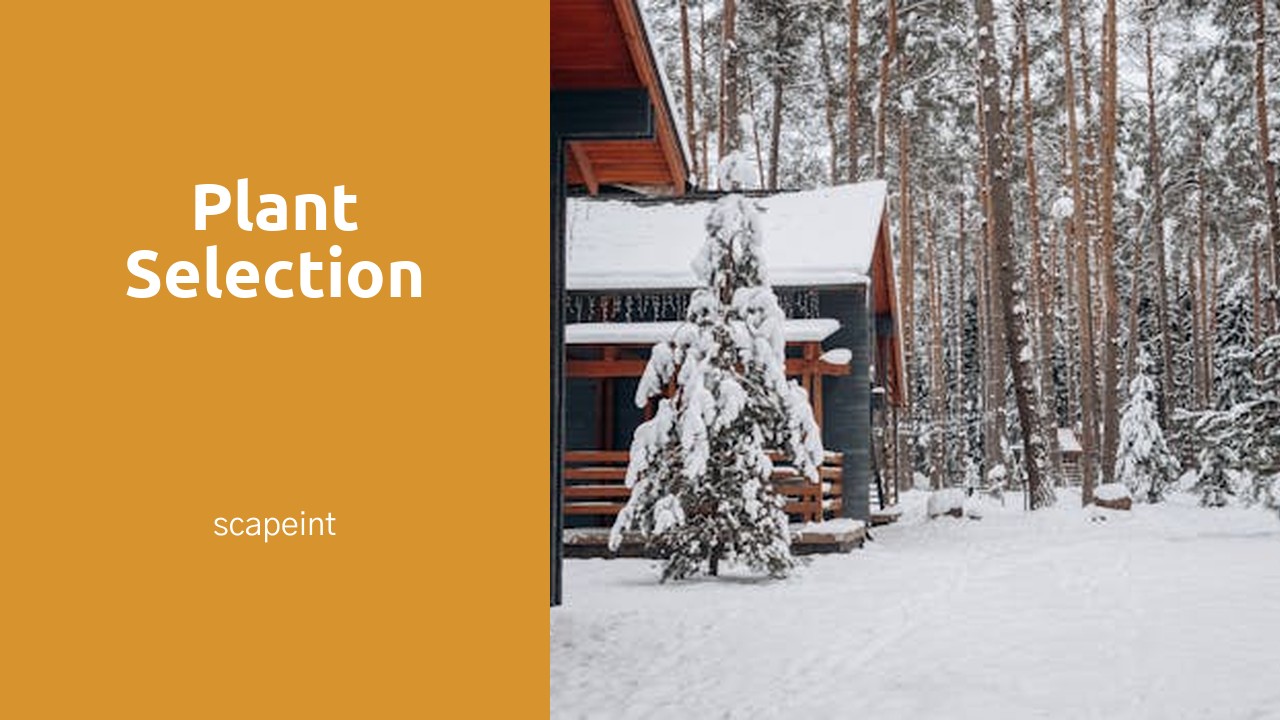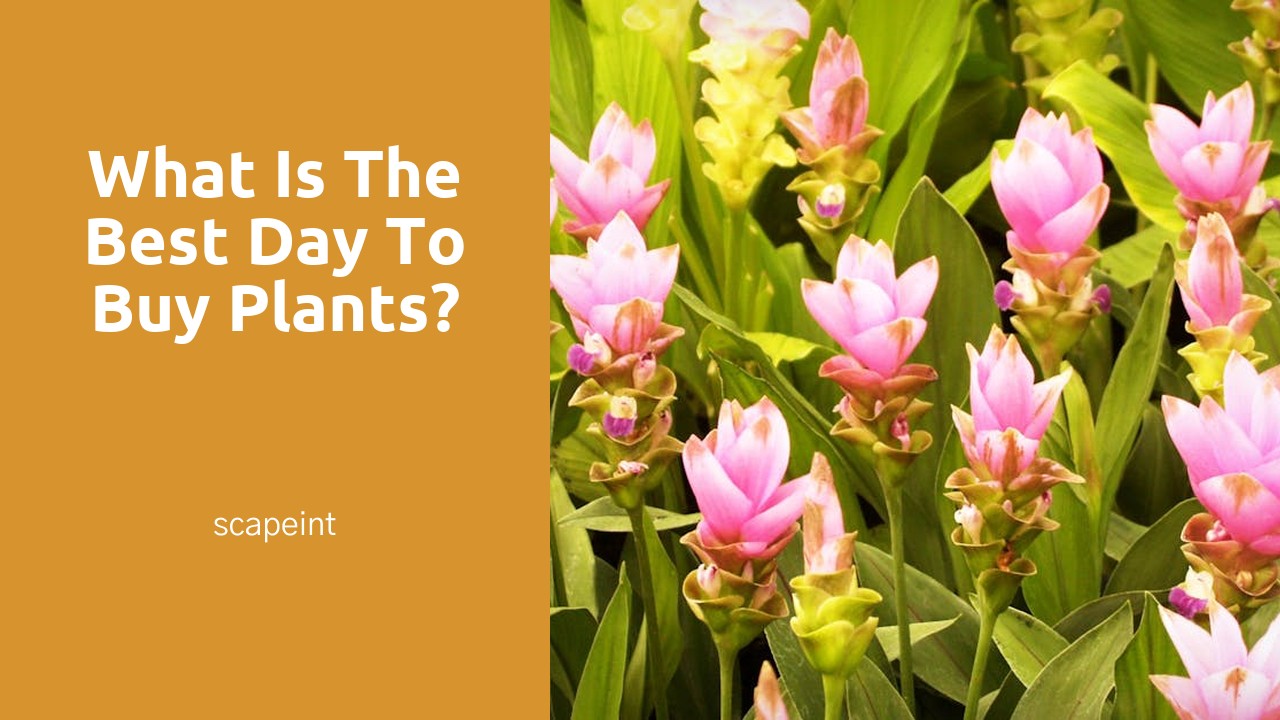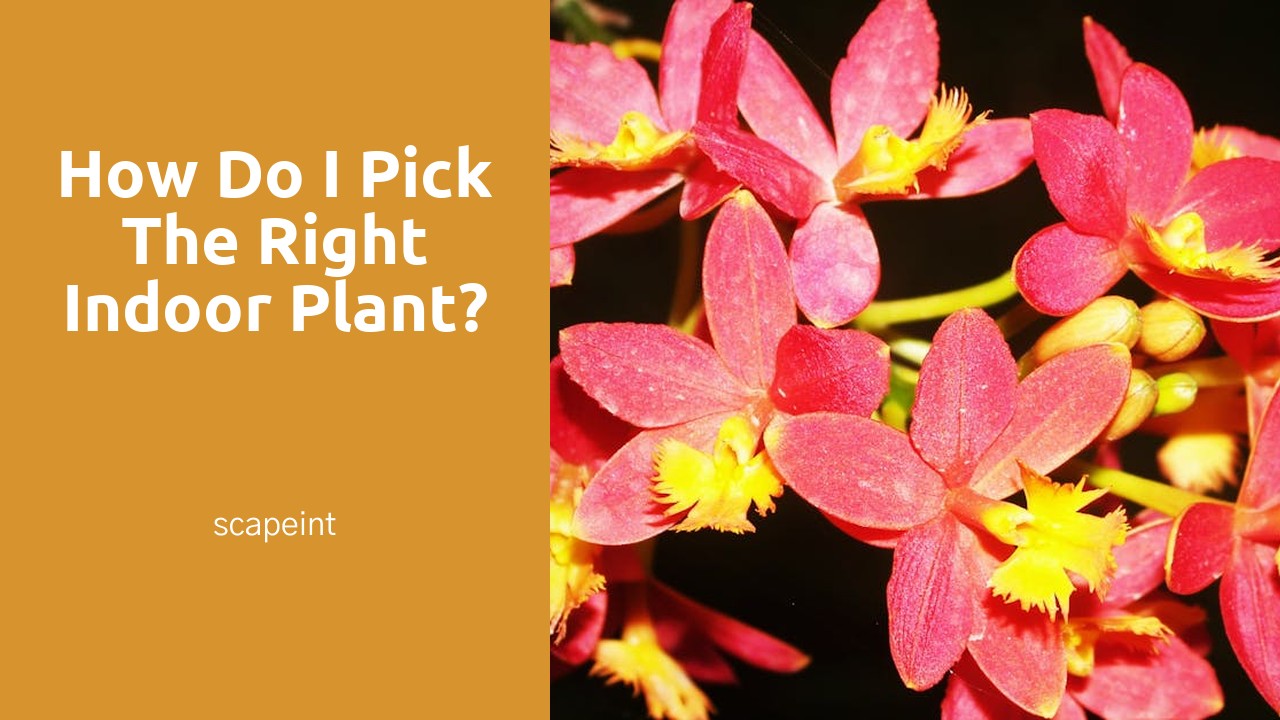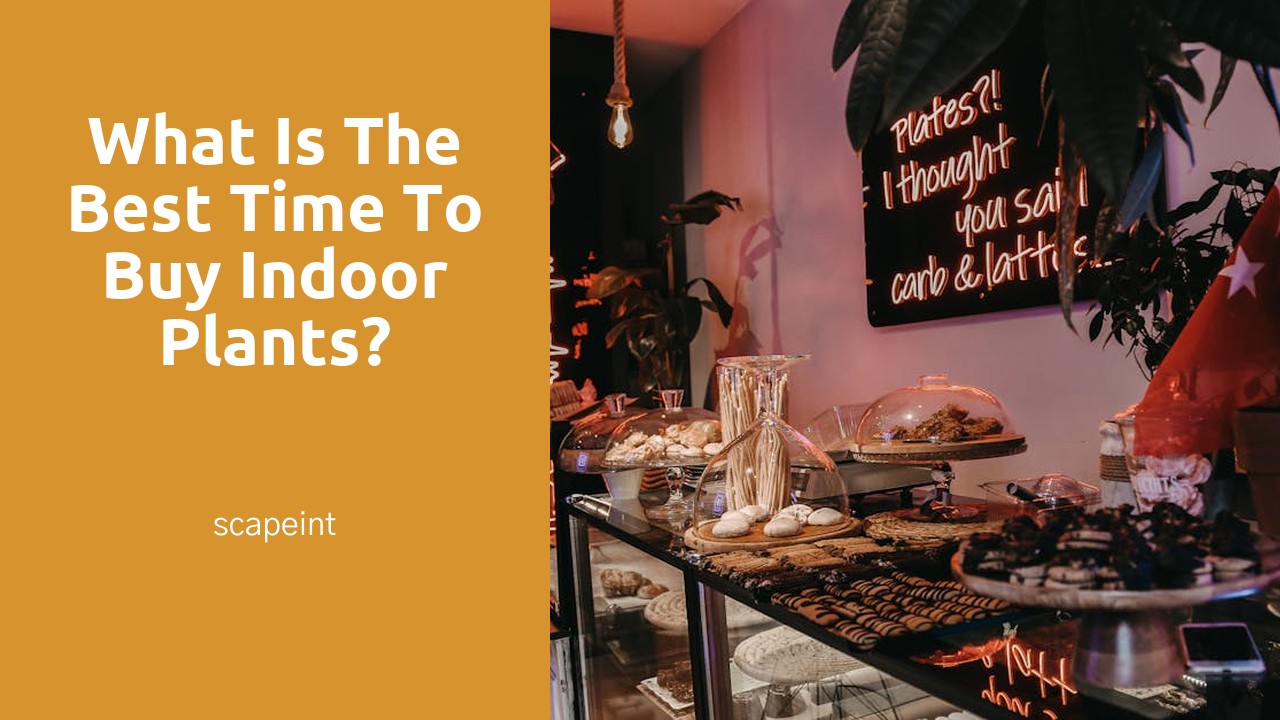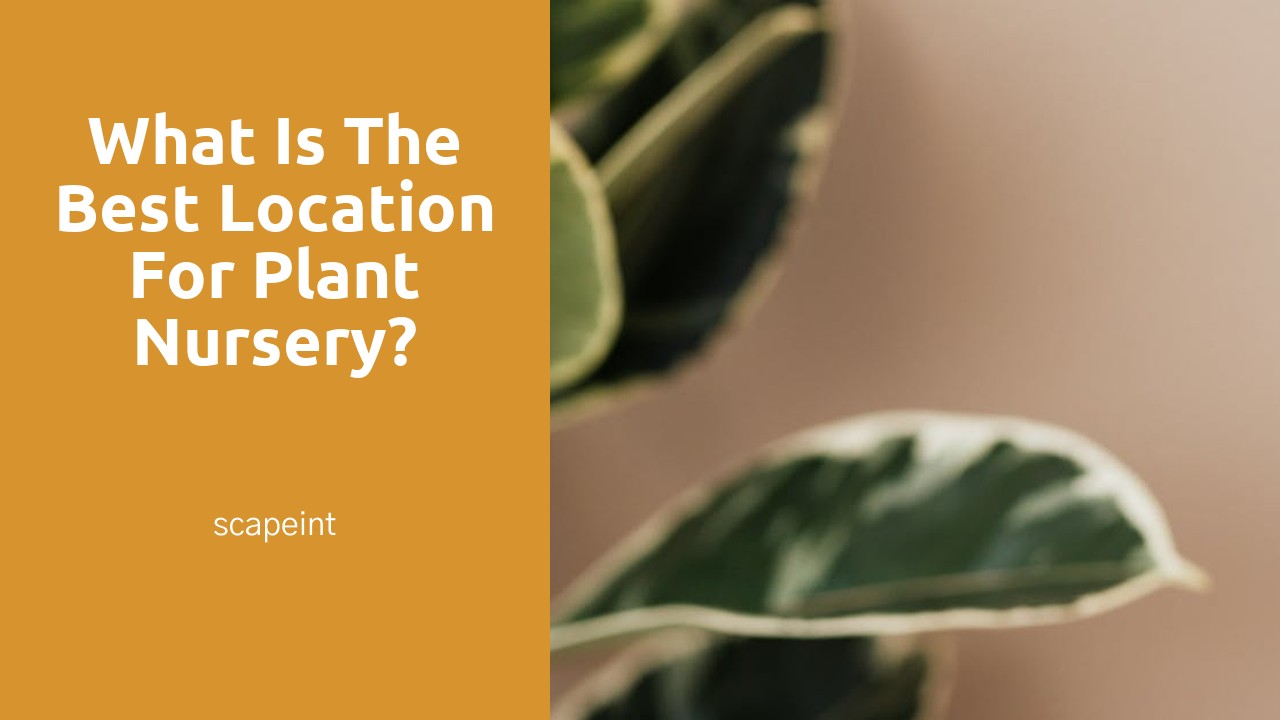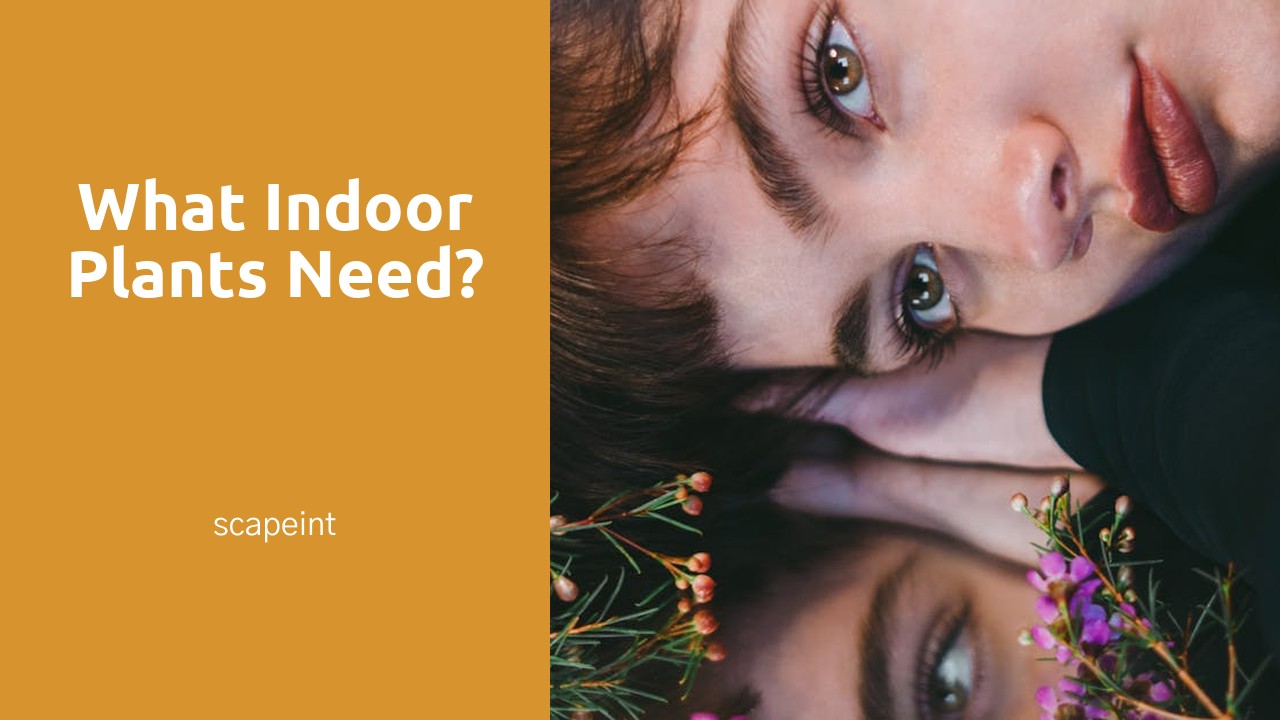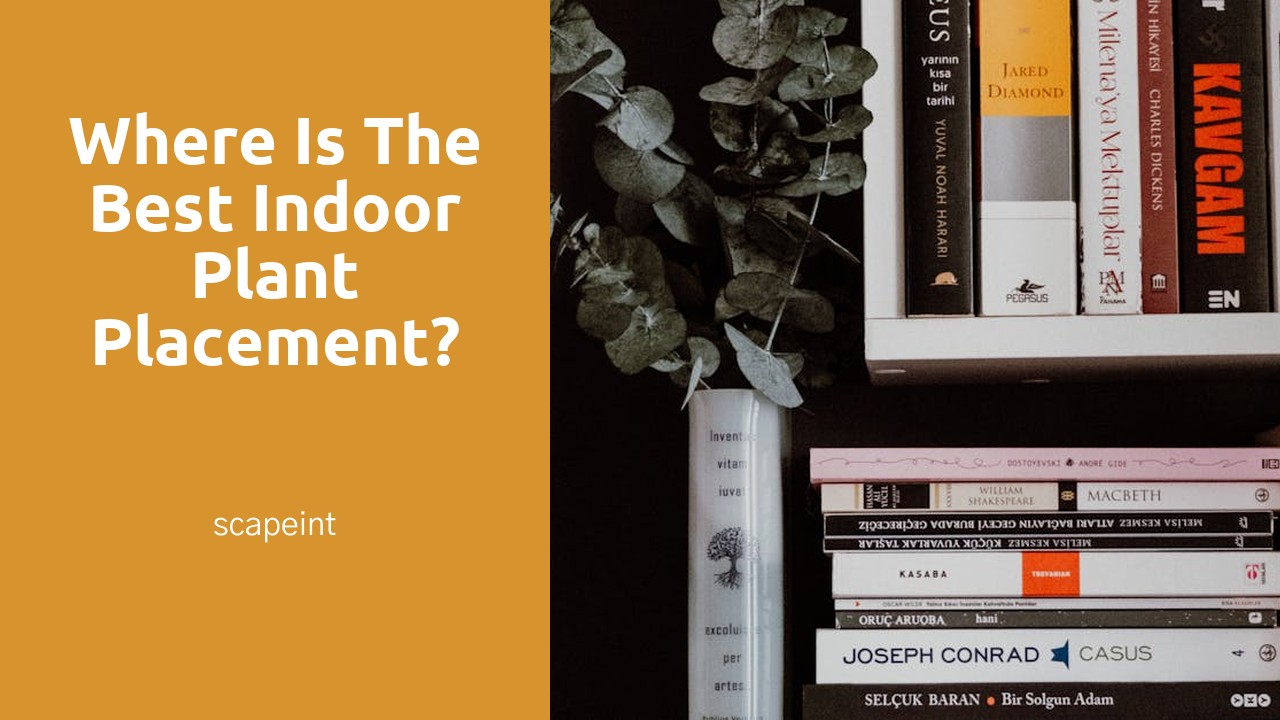
Table Of Contents
Using Humidity Trays and Pebble Trays
To enhance indoor plant health and growth, utilizing humidity trays and pebble trays can be highly beneficial. By placing a layer of water and pebbles in a tray under the plant's pot, evaporation increases humidity levels around the plant. This is especially advantageous for tropical plants that thrive in high humidity environments. Plant Selection in Welland can greatly benefit from this method, helping to create a microclimate that mimics their natural habitat and promotes optimal growth conditions.
Placing indoor plants on humidity trays or pebble trays can also help prevent issues such as leaf browning or crispy edges, which are often caused by low humidity levels. By increasing the moisture in the air surrounding the plants, these trays assist in maintaining a healthier environment for the plants to flourish. For individuals in Welland looking to cultivate thriving indoor plant displays, incorporating humidity trays and pebble trays into their plant care routine can make a significant difference in the overall well-being of their green companions.
Enhancing Moisture Levels
When it comes to enhancing moisture levels for indoor plants, it is crucial to consider various factors to ensure optimal growth and health. Proper watering techniques, such as using a watering can with a small spout to avoid overwatering, can help maintain moisture levels effectively. Additionally, utilizing a humidifier in the room where plants are placed can create an ideal environment, especially during the drier winter months.
Plant selection in Newton Robinson is also a significant aspect to consider when aiming to enhance moisture levels for indoor plants. Opting for plant varieties that thrive in humid conditions, such as peace lilies or ferns, can contribute to maintaining adequate moisture levels without much effort. Moreover, grouping plants with similar moisture requirements together can simplify the care routine and ensure all plants receive the appropriate level of humidity.
Benefits of Grouping Plants Together
Grouping indoor plants together not only creates a visually appealing display but also cultivates a more favourable environment for their growth. When plants are placed in proximity to one another, they benefit from increased humidity levels as they naturally release moisture during transpiration. This collective release of water vapour creates a microclimate where the plants can thrive, especially in drier indoor settings. In Newton Robinson, this strategy is particularly advantageous given its temperate climate and varying humidity levels throughout the year.
Moreover, grouping plants together can support more efficient care routines. By locating plants with similar light and watering needs in close proximity, it becomes simpler to maintain a consistent care schedule. This grouping approach can also aid in monitoring the overall health of plants, allowing for prompt intervention if any issues arise. For residents looking to optimize their indoor gardening endeavours, adopting a strategy of grouping plants together can enhance both the aesthetic and botanical aspects of Plant Selection in Newton Robinson.
Creating Microclimates
Creating microclimates within your home can greatly benefit your indoor plants. By strategically placing plants together based on their humidity and light preferences, you can create ideal growing conditions for each grouping. For example, tropical plants that thrive in high humidity levels can be grouped together in a bathroom where moisture levels are naturally higher.
Plants placed near each other can also benefit from increased humidity levels through transpiration, especially when using pebble trays or humidifiers. Consider the humidity requirements of your plants and group them accordingly to enhance their overall health and growth. For residents in Welland, thoughtful plant placement can make a significant difference in the well-being of indoor greenery.
Caring for Plants in Different Rooms
When considering where to place indoor plants in your home, it's essential to take into account the specific needs of different plant varieties depending on the room they're located in. For instance, when selecting plants for the bedroom in Newton Robinson, opt for varieties like lavender, snake plants, or jasmine that thrive in low light conditions and help promote relaxation and improve air quality. Bedrooms typically have lower humidity levels, so incorporating a humidifier or grouping plants together can create a more favorable environment for their growth. Additionally, positioning plants on bedside tables or shelves can add a touch of greenery to the space while also providing a calming ambiance.
In the kitchen, where natural light can vary depending on the layout of the room, consider plants like herbs, succulents, or spider plants that can tolerate fluctuations in lighting conditions. These plants not only add a pop of green to the room but also serve a functional purpose by providing fresh herbs for cooking or assisting in air purification. To prevent damage from temperature changes near stovetops or sinks, make sure to choose plants that can withstand occasional exposure to heat or moisture. By selecting plants that are well-suited to the specific requirements of each room, you can create a harmonious and thriving indoor garden throughout your home in Newton Robinson.
BathroomFriendly Varieties
When it comes to selecting indoor plants for bathrooms in Newton Robinson, it is essential to consider the unique environment found in these spaces. Bathrooms typically have higher humidity levels and lower light conditions compared to other rooms. Therefore, choosing plants that thrive in these conditions is key to their success. Options like Boston ferns, spider plants, and peace lilies are excellent choices for bathrooms due to their ability to tolerate low light and enjoy the moist environment.
Another critical factor to consider when selecting plants for bathrooms in Newton Robinson is their ability to handle temperature fluctuations. Bathrooms can experience variations in temperature, especially after showers or baths. Plants like orchids, snake plants, and bamboo are resilient to these changes and can thrive in such conditions. Ensuring that the chosen plants can adapt to the specific environment of a bathroom will contribute to their longevity and overall health. Plant Selection in Newton Robinson should prioritize species that can withstand the unique challenges posed by bathroom settings.
FAQS
Can I place indoor plants in a room with low natural light?
Yes, there are several low-light tolerant plants that can thrive in rooms with minimal natural light, such as snake plants, pothos, and peace lilies.
How can I improve humidity levels for my indoor plants?
You can enhance humidity levels by using humidity trays or pebble trays filled with water placed near your plants. This will help create a more humid microclimate for them.
Is it beneficial to group indoor plants together?
Yes, grouping plants together can create a more humid environment as they release moisture through transpiration. It also makes it easier to care for them collectively.
What are some plant varieties that are suitable for bathrooms?
Bathroom-friendly plant varieties include ferns, orchids, spider plants, and bamboo. These plants can thrive in the humid conditions typically found in bathrooms.
How should I care for indoor plants in different rooms of my house?
Each room may have varying light levels and humidity, so it's essential to choose plants that match the specific conditions of each room. For example, rooms with bright, indirect light may be suitable for flowering plants, while low-light rooms may be better for foliage plants.
